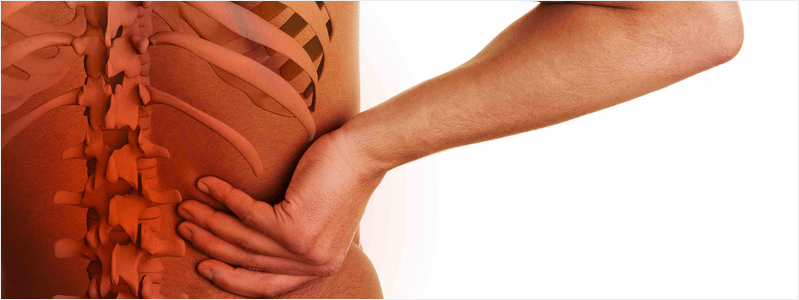Show Answer
The typical clinical features of discitis include:
- Back or neck pain (>90%)
- Pain often awakes patient from sleep
- Fever (60-70%)
- Neurological deficits (up to 50%)
- Children sometimes refuse to walk
Risk factors for developing discitis include:
- Spinal surgery (occurs in 1-2% post-operatively)
- Immunodeficiency
- Intravenous drug use
- Age less than 8 years
- Diabetes mellitus
- Malignancy
Show Answer
The most common causative organism is usually Staphylococcus aureus.
Other organisms, such as Streptococcus viridans and Pseudomonas aeruginosa, may also occur in intravenous drug users and the immunocompromised and should be considered as a possible cause.
Other possible organisms include Gram-negative organisms such as Escherichia coli, and Mycobacterium tuberculosis (Pott’s disease).
Show Answer
Plain radiographs are insensitive to the early changes of discitis, and normal appearances can be maintained for 2-4 weeks. CT scanning is also relatively insensitive.
Show Answer
Treatment is with admission for intravenous antibiotics. Three sets of blood cultures, as well as a full set of bloods including a CRP, should be sent to the lab prior to commencing the antibiotics.
A typical antibiotic regime for discitis would be:
- IV flucloxacillin 2 g 6 hourly 1st line if no penicillin allergy
- IV vancomycin if hospital acquired infection, high-risk of MRSA or documented pencillin allergy
- +/- gentamicin IV if possibility of Gram negative infection (age >65, immunosuppressed or intravenous drug user)
- IV piperacillin-tazobactam 4.5 g 8 hourly alone if acute kidney injury and Gram-negative cover required
Header image used on licence from Shutterstock






Excellent module
Highly informative and educative module
Great. Interesting
Very good and well explained